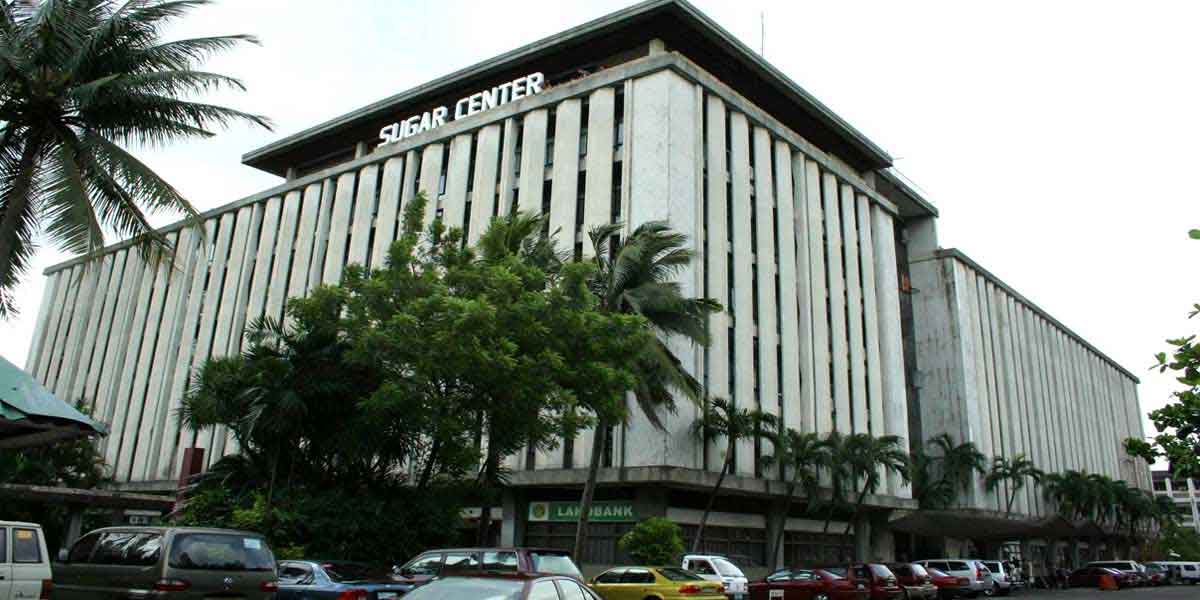Bangko Sentral ng Pilipinas Governor Benjamin E. Diokno announced that the Philippines’ outstanding external debt stood at US$98.5 billion as of end-2020, up by US$6.5 billion (or 7.1 percent) from the US$92.0 billion level as of end-September 2020.
The rise in the debt stock during the fourth quarter was due to net availments of US$7.9 billion by both public and private sector borrowers.
During the quarter, the National Government (NG) raised US$2.8 billion from the issuance of Global bonds as well as US$733 million net availments from official sources, to fund its COVID-19 pandemic response programs and various infrastructure development projects.
Private local banks leveraged on a strong Philippine Peso vis-à-vis the US Dollar to diversify their portfolio and maintain a comfortable liquidity buffer over the year-end, leading to net availments of US$3.0 billion.
The increase in foreign borrowings by private non-banks was due to net availments of US$1.7 billion to augment their working capital.
Foreign exchange (FX) revaluation of US$544 million further contributed to the increase in the debt stock as the US Dollar weakened against other currencies which may be attributed to expectations of continued stimulus in the United States, among others.
The rise of the debt stock was partially offset by prior periods’ adjustments of US$1.6 billion and increase in residents’ investments in Philippine debt papers issued offshore of US$410 million.
Year-on-year, the country’s debt stock rose by US$14.9 billion, which was brought about by: (a) net availments of US$12.6 billion, mainly by the NG; (b) increase in non-resident holdings of Philippine debt papers issued offshore of US$1.8 billion; and (c) positive FX revaluation of US$1.5 billion.
The rise in the debt stock was partially tempered by prior periods’ adjustments of US$1.1 billion.
External debt refers to all types of borrowings by Philippine residents from non-residents, following the residency criterion for international statistics.
EXTERNAL DEBT RATIOS
The Governor further stated that despite the increase in the external debt level, key external debt indicators remained at prudent levels. Gross International Reserves stood at US$110.1 billion as of end-2020 and represented 7.8 times cover for short-term (ST) debt based on original maturity.
The debt service ratio (DSR), which relates principal and interest payments (debt service burden or DSB) to exports of goods and receipts from services and primary income, is a measure of adequacy of the country’s FX earnings to meet maturing obligations. The ratio improved to 6.3 percent in 2020 from 6.7 percent in 2019 due largely to lower payments. The DSR has consistently remained at single digit levels.
Total outstanding debt (EDT) expressed as a percentage of annual aggregate output [Gross Domestic Product (GDP) or Gross National Income (GNI)] is a solvency indicator. EDT to GDP ratio increased to 27.2 percent from 25.3 percent a quarter ago and 22.2 percent a year ago, as GDP contracted by 8.3 percent in the fourth quarter of 2020 and 9.5 percent for the full year 2020, while external debt rose. The same trend was observed using GNI
as denominator. The ratio indicates the country’s sustained strong position to service foreign borrowings in the medium to long-term.
DEBT PROFILE
As of end-December 2020, the maturity profile of the country’s external debt remained predominantly medium- and long-term (MLT) in nature [i.e., those with original maturities longer than one (1) year], with share to total at 85.6 percent. On the other hand, ST accounts [or those with original maturities of up to one (1) year] comprised the 14.4 percent balance of debt stock and consisted of bank liabilities, trade credits and others. The weighted average maturity for all MLT accounts remained at 16.6 years, with public sector borrowings having a longer average term of 20.4 years compared to 7.3 years for the private sector. This means that FX requirements for debt payments continued to be well spread out and, thus, manageable.
Public sector external debt stood at US$58.1 billion from US$54.4 billion in the previous quarter. About US$51.9 billion of public sector obligations were NG borrowings while the remaining US$6.3 billion pertained to loans of government-owned and controlled corporations, government financial institutions and the BSP.
Private sector debt grew from US$37.6 billion as of end-September 2020 to US$40.4 billion as of end-December 2020, with share to total likewise increasing from 40.9 percent to 41.0 percent. The rise was due largely to net availments of US$3.0 billion by private banks and US$1.7 billion by private non-banks.
Major creditor countries were: Japan (US$15.9 billion), United States of America (US$3.4 billion), United Kingdom (US$3.3 billion), and The Netherlands (US$3.0 billion).
Borrowings in the form of bonds/notes had the largest share (35.6 percent) of total outstanding debt, followed by loans from official sources [multilateral and bilateral creditors (comprised Japan – US$9.0 billion; China – US$1.3 billion; and France – US$753 million, among others) – 34.7 percent], and obligations to foreign banks and other financial institutions (24.4 percent); the rest (5.4 percent) were owed to other creditor types (mainly suppliers/exporters).
In terms of currency mix, the country’s debt stock remained largely denominated in US Dollar (56.7 percent) and Japanese Yen (11.8 percent). US dollar-denominated multi-currency loans from the World Bank and Asian Development Bank represented 18.1 percent of total. The 13.4 percent balance pertained to 15 other currencies, including the Philippine Peso, Euro and SDR.



















